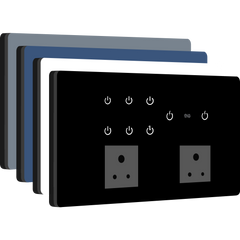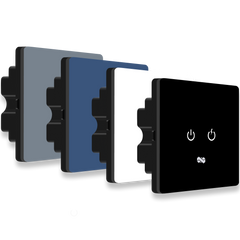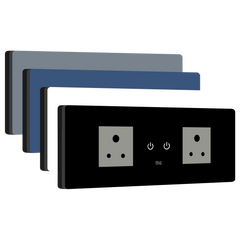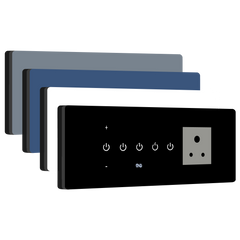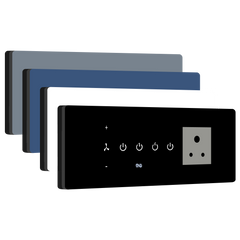Smart WiFi Light Switches vs Traditional Switches: Revolutionizing Home Automation
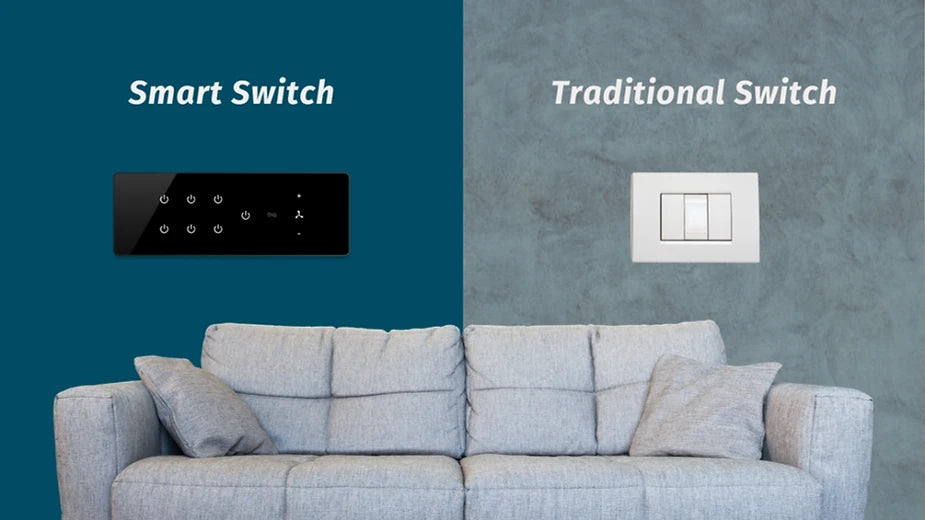
The world of home automation has evolved dramatically over the past few years, and one of the most significant advancements is the smart WiFi light switch. As homeowners look for innovative ways to increase convenience, efficiency, and control in their living spaces, switching from traditional switches to WiFi light switches has become an increasingly popular choice. This article will compare smart WiFi light switches and traditional switches, highlighting the benefits of adopting this cutting-edge technology for your home.
Traditional Light Switches:
Traditional light switches have been around for ages and have served their purpose well. They are simple and reliable, but they lack the convenience and functionality of modern-day light switches. Traditional light switches have to be physically operated by hand.
Wi-Fi Light Switches:
On the other hand, Wi-Fi light switches are the new kids on the block, and they bring a lot of convenience to the table. They are easy to install and operate, and they offer a wide range of features that traditional light switches lack. With a Wi-Fi light switch, you can control your lights remotely with your smartphone or tablet, and you can also set schedules to turn on and off your lights automatically.
Benefits of WiFi Light Switches
1. Remote Control and Convenience
One of the main advantages of a WiFi light switch is the ability to control your lights remotely through a mobile app, IR remote, or a light finger touch. This means you can turn lights on and off, dim them, or even change their color from anywhere in your home or even when you are away. This level of control is unmatched by traditional switches, making WiFi switches for home a more convenient and flexible option.
2. Energy Efficiency
Smart switches can help homeowners save energy and reduce electricity bills by allowing them to monitor and manage their energy consumption through the mobile app. In contrast, traditional switches do not offer any such capabilities. With a WiFi switch, you can set schedules to turn off lights when not in use or adjust their brightness to conserve energy.
3. Customization and Integration with Home Automation Systems
WiFi light switches can be easily integrated into your existing home automation system, allowing you to control not only your lights but also other smart devices such as thermostats, security cameras, and door locks. This seamless integration and customization make smart switches a more versatile option than traditional switches.
4. Voice Control Compatibility
Many smart WiFi switches are compatible with popular voice assistants like Amazon Alexa, Google Assistant, and Apple HomeKit, allowing users to control their lights using voice commands. This is a feature that traditional switches simply cannot offer, providing an additional level of convenience and accessibility.
5. Enhanced Safety
WiFi light switches offer improved safety as they can be programmed to turn on and off at specific times, creating the illusion of occupancy even when you are away from home. This can deter potential burglars and increase the overall security of your home.
To further enhance your home's lighting ambiance, explore comprehensive tips on selecting the best lighting for each room.
Traditional Switches: The Drawbacks
While traditional switches have served their purpose for many years, they come with certain limitations that make them less appealing in today's technology-driven world:
1. Limited Control Options
Traditional switches only offer basic on/off functionality, with no remote control or customization options available. This can be inconvenient and less efficient compared to the features provided by smart WiFi light switches.
2. Lack of Energy Monitoring and Management
Traditional switches do not allow users to monitor or manage their energy consumption, making it challenging to implement energy-saving practices in your home.
3. Incompatibility with Home Automation Systems
Traditional switches cannot be integrated with other smart devices or home automation systems, limiting their functionality and adaptability.
Conclusion
Wi-Fi light switches are a great alternative to traditional light switches, and they offer a lot of benefits that traditional light switches lack. With their convenience, flexibility, energy efficiency, and smart home integration capabilities, Wi-Fi light switches are the way to go if you're looking for a modern and efficient way to control your lights. While they may be more expensive upfront, they are more cost-effective in the long run and are a great investment for any home. So, if you're thinking of upgrading your home's lighting system, Wi-Fi light switches are definitely worth considering.

